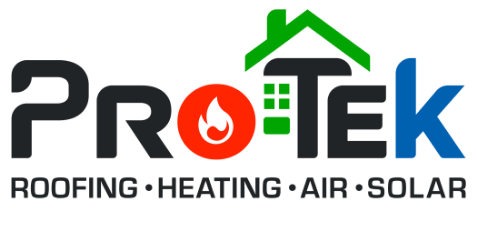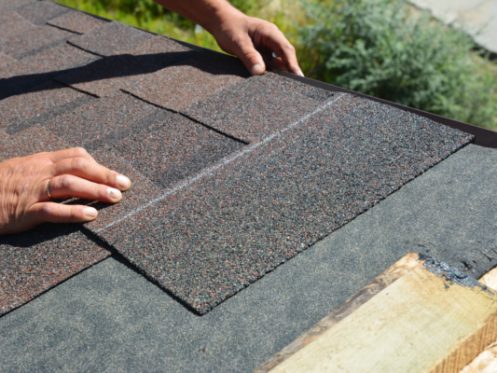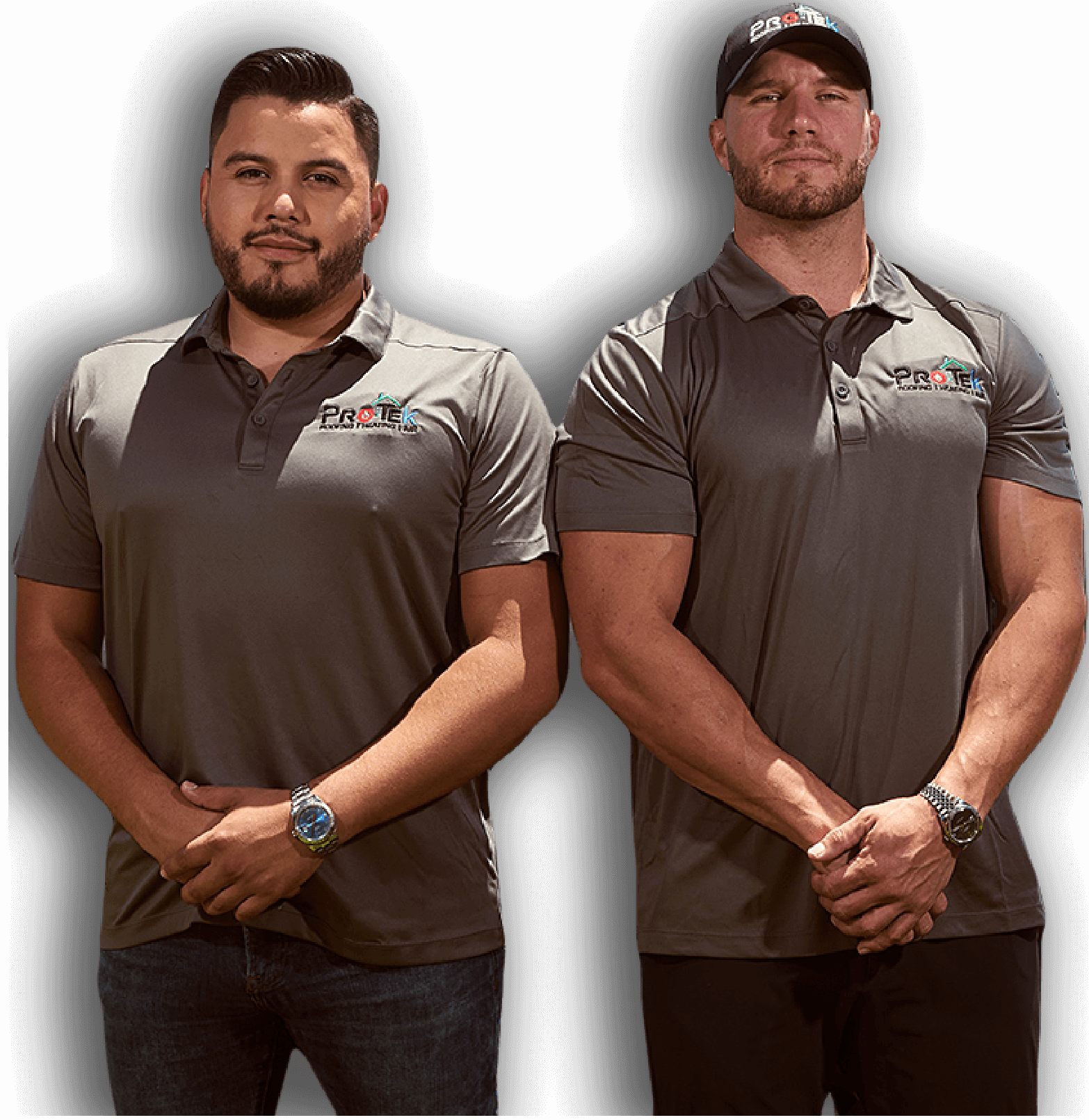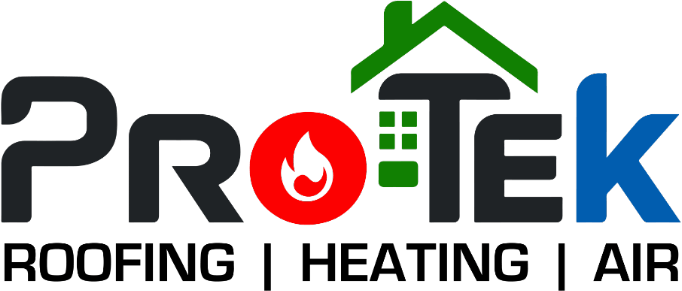A flat roof is a type of roof that is placed at an angle lower than 10 degrees to the horizontal. It may be of strengthened brickwork, cement concrete, waffle units, precast concrete, channel units, or flagstones supported by jack arch type or rolled steel joists.
The most crucial requirement for a flat roof is drainage and well-structured waterproofing. An insulating layer of lime, concrete, or mud is laid on the rooftop to provide sufficient thermal insulation in the direction of the below space, known as grading or terracing.
A precise slope can be specified for the roof by thickness adjustment of the terracing medium or the top-to-be built-in pitch. In circumstances where thermal insulation is nonessential, the drainage slope of the roof is provisioned in the roof slab, with the roof surface being allocated adequate waterproofing care by use of bitumen felts.
In areas where a terraced roof is used for outdoor living, the surface top of the terracing should be resistant to wear other than allocating for roof drainage and sufficient waterproofing.
Flat roofs generally last as long as 20 years, with the excellent quality type lasting 25 years. With the proper care and maintenance, you can increase the longevity of your roof.
As you pursue installing a flat roof, you must consider the following factors determining the kind of flat roof you want to install.
Proper Insulation
Take note of proper insulation, which includes wool batting, mineral wool, rigid foam, board spray form, fiberglass, loose-fill insulation, and cellulose.
Climatic Conditions
Evaluate the climate within your area. During colder weather, the best roof type is a single-ply membrane or a build-up roof. However, it is important to choose a roofing expert that understands the weather and climate found in the Florida Gulf Coast region. Balmy summer weather does have a unique effect on homeowners’ roofing needs.
Deliberate Over Energy Efficiency
Flat roofs are more energy-effective than pitched ones since they contain a membrane system on firm insulation panels. The holes’ nonappearance impedes the air section. Correct insulated flat roofs tend to keep your home warm during winter. This insulation is also important during intense Florida summers.
Consider Proper Ventilation
It is important that your HVAC experts understand the kind of ventilation system to be installed on top of the flat roof. There must be adequate space to put in place HVAC equipment to prevent damage to the system. Maintaining proper ventilation ensures that air is properly circulated through the roof vents in your attic.
Choose the Right Experts
A flat roof installation should be undertaken by a certified professional who is familiar with the involved procedure, has the right equipment and materials needed, and has proven adequate experience. It also ensures that you get proper advice on the type of flat roof to put in place, depending on your location area.
The professional expert will also recommend the proper required drainage, which prevents the roof from collecting standing water, causing leaks, cracks, and a high risk of collapsed development. Leaks cause damage to the structure, which could lead to wood rot, mold, or mildew. It is crucial to inquire from your flat roof professional about the additional mechanisms which can make certain the roof drains properly.
Pros and Cons of Flat Roofs
A flat roof has several pros that give homeowners peace of mind. The following are some of the benefits of a flat root:
- Contain greater insulating properties
- Easy to install and maintain
- Can be utilized as gardening areas
- Are economical overall
- Do not need a false ceiling
- Avoid enclosure of triangular
- Easier to make fireproof compared to sloping roofs
- Easier to begin construction of upper floors
- More affordable materials
- Simple to clean
A flat roof has several pros it as well as cons which are as follows:
- Cracks in the roof surface due to temperature changes
- Not ideal for places with heavy rainfall or hilly areas
- Become too hot and intolerable during summer
- Need to be replaced after 10-15 years after installation
- Less stable due to the weight of rain and snow seams
- More of a function than style
- Subject to drainage issues due to stagnated water
Now that you are aware of the pros and cons of flat roofs, the next step is to identify the types of flat roofs which could best fit your needs and location. Each type of flat roof has its own unique benefits and challenges. The following are some of the types of flat roofs:
1. Built-Up Roof
A built-up roof is the traditional hot-tar-and-gravel roof created from three or more layers of waterproof substance, oscillated with hot tar and ballasted with plies of polished river stone. Once created of paper tar, these roof types use state-of-the-art materials like fiberglass membranes. The built-up roofs have the following pros:
- Superb fire retardancy
- Adjust thermal energy
- Provides UV protection and impedes damage to under layers
- More durable
Some of the cons associated with built-up roofs are as follows:
- Blown gravel during high winds
- Higher chance of water leaks
2. Modified Bitumen Roof
Modified bitumen roofs contain a single material ply. The single ply of modified bitumen comprises polymer-modified asphalt bitumen reinforced by a durable substance like polyester, fiberglass, or both.
The single-layer roof adherent is typically applied using a burner to heat the backside of the material, fusing it within the base layer.
Some of the pros associated with modified bitumen are as follows:
- Easy to install
- More affordable
- Reflects heat which in turn lowers your energy invoice
- Lowers your energy invoice
- UV- and fire-resistant
The following are the cons associated with modified bitumen:
- Vulnerable to cracks
- Not tear-resistant
3. Rubber Membrane Roof
Also known as EPDM, which stands for ethylene propylene diene monomer, this roof-type material is used for both commercial and residential buildings. Due to being formed of rubber, these roofs are flexible and can control temperature variations. They come in various varieties, which include:
- Neoprene-polychloroprene
- Polyvinyl chloride- PVC
- Polymer-modified bitumen
- Chlorinated polyethylene and chlorosulfonated polyethylene
- Ethylene propylene diene monomer
Rubber membrane roof has the following pros:
- Easily reinforced after leaks
- Lightweight
- High UV tolerance
- Easy to install
- Lessened energy bills
- Resistant to fire
The following are some of the cons associated with rubber membranes:
- More expensive than other flat roofing material types
- More susceptible to punctures
- Swells when exposed to petroleum
- Divide sheets with exposure to water
Contact Us
For the best flat roofing solutions in Tampa, FL and surrounding areas, Protek Roofing, Heating, Air & Solar is a phone call away. We are skilled and provide fair pricing for roof repairs and maintenance. Our team also offers upgrades to your HVAC system, helping you reduce your energy costs. Whether you are looking for a new HVAC system, including ductless mini-splits, or repairs and maintenance of your current system, our talented technicians have the experience needed. For more information regarding flat roof solutions and our other quality services, contact Protek Roofing, Heating, Air & Solar today.




